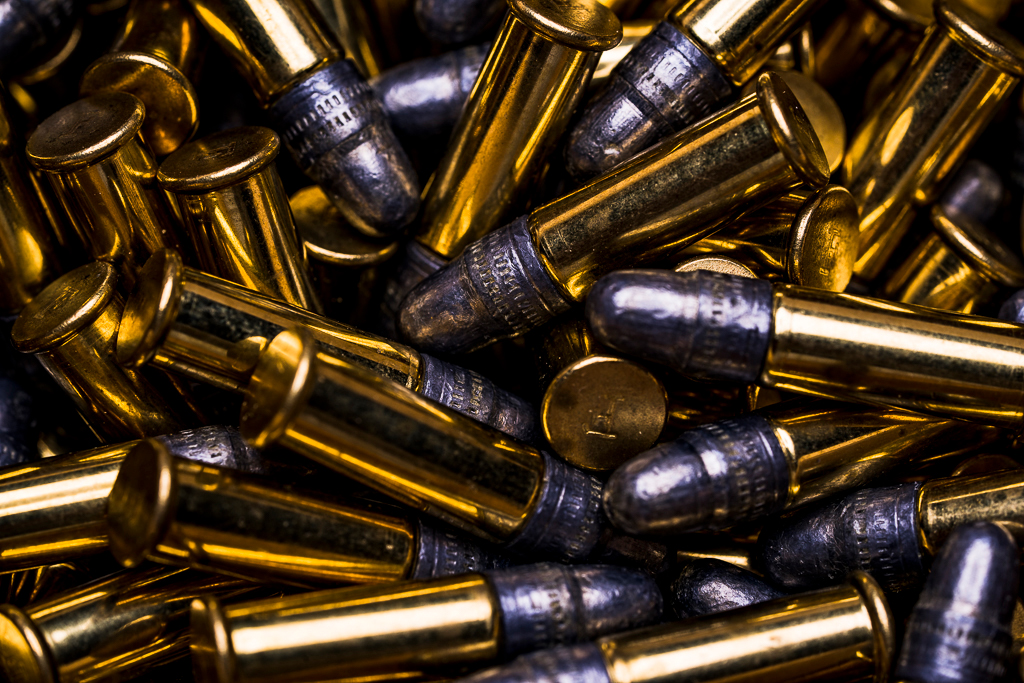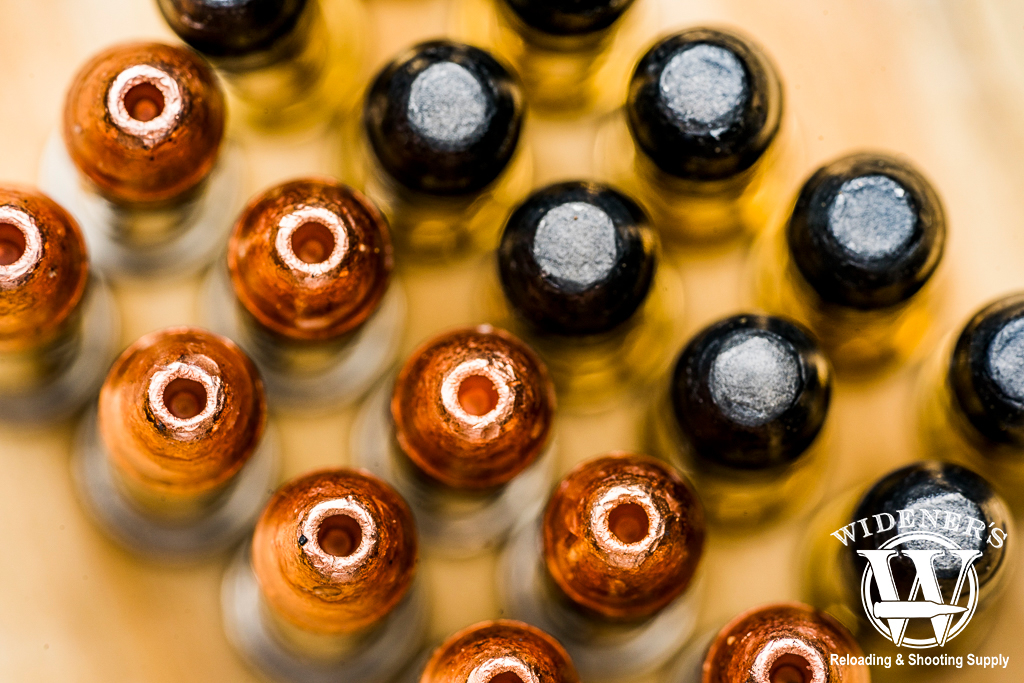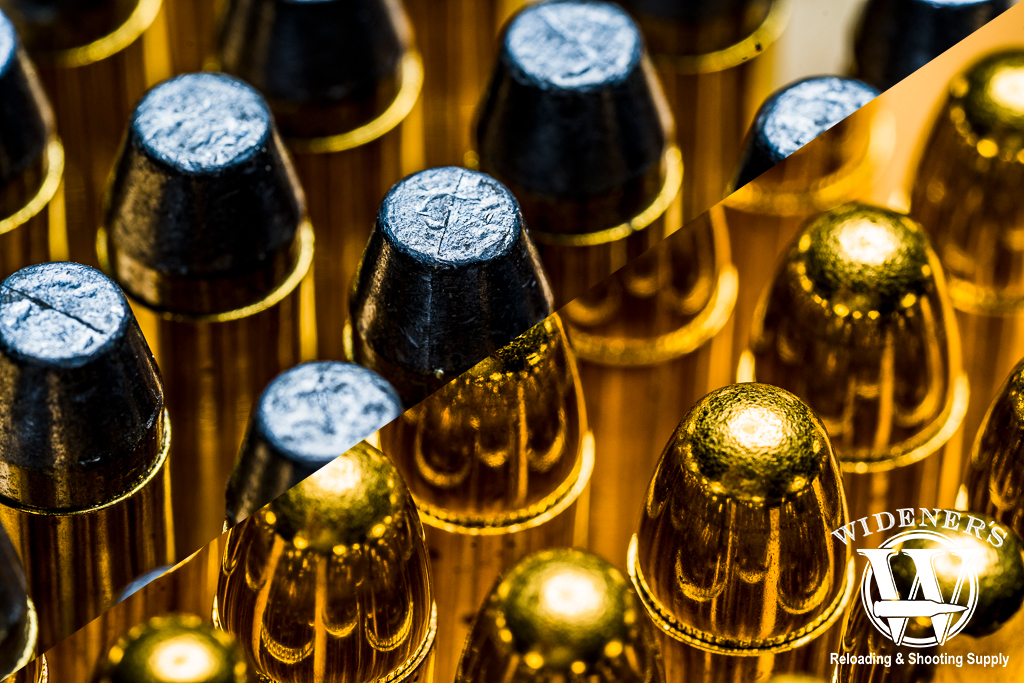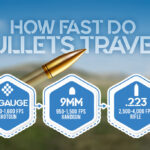

By Guy J. Sagi
Lead round nose bullets are composed entirely of lead with a rounded nose.
Lead round nose, or LRN—are inexpensive alternatives for plinking, practice and some small game hunting. Although, they are not the best modern option for self-defense use or big game hunting. Some ranges, particularly indoor facilities with expensive ventilation and air purification systems, have banned LRNs and they are known for fouling barrels. A few wildlife agencies have even placed a ban on hunting with lead bullets.
LRNs do, however, perform consistently and deliver good accuracy. The cost savings make them ideal for high-volume shooters, particularly rimfire enthusiasts unafraid of cleaning chores. So, look for a lot of LRN bullets loaded into 22 long rifle ammo.
LRN Bullet Origins

The design of the LRN bullet hasn’t changed much, it’s simplistic efficiency makes it a great option for modern shooters.
Sometime in the 1830s Captain John Norton, a member of the British army stationed in India, noted that the blow darts used by locals wore an organic material at their base. It expanded when the user blew, creating a seal that improved the projectile’s velocity and increased effective range. He harnessed the principle by creating a conical-shaped bullet, one with a hollow base. Its design effectively captured more of the energy created by the expanding gases released when gunpowder burns.
A few years later William Greener—a British gunsmith legendary for innovation—improved on the approach. His oval-shaped Greener bullet appeared in 1836 and featured a wooden plug in the hollow base of the lead projectile. The design increased expansion and made it more reliable in engaging rifling and trapping those gasses.
It worked well, but the reception of the two-piece design was lukewarm. Then, in the early 1850s, French Captain Claude-Étienne Minié fine-tuned the bullet. His projectiles were longer, which made stuffing a bullet down a muzzleloading barrel easier. He also substituted an iron cap for the wood insert in the hollow base.
LRN Performance Tested
The British military adopted the Minié ball in 1855, but across the pond, a clever Yank named James Burton was hard at work at Harper’s Ferry Arsenal in West Virginia. He devised a way to eliminate the iron entirely, tune the lead bullet’s “skirt” to maximize seal and the design was capable of being mass-produced—just in time for the Civil War. It was so effective that most casualties in The War Between the States were from his version of the Minié ball.
It’s a simple approach, and effective largely due to lead’s mass, expansion on impact and even malleability that encourages deep engraving (grooves on the bullet) as it travels down the barrel. As velocities increased, though, LRN bullets and its exposed lead surfaces lost favor. Fouling increased and terminal performance became unpredictable at the once-unthinkable speeds. Scars, nicks and bends are also commonplace on the metal, and once semi-automatic firearms appeared those blemishes increased stoppages and stovepipes.
As a result, FMJs, JHPs and other designs were devised, but there’s no denying this traditional and inexpensive option is a good one for informal shooting, even taking small game and eliminating vermin in most regions. And, manufacturers haven’t rested on their laurels, either.
LRN Flat Point Bullet

The .38 Special in LRN Flat Point (Left), next to .38 Special in FMJ (Right).
The famous early lever actions of Henry and Winchester were the catalyst for one of the earliest design changes in the LRN. Although lopping off the tip of the bullet’s rounded nose is hardly radical, it improved on its practicality. The “repeaters” have long and tubular magazines that run underneath and parallel to the barrel. Ammunition stored in this type of magazine forms single file, in one long column—and that means bullet tips touch primers in the cartridges ahead.
Cartridges in any firearm magazine are subject to the forces of recoil, but with this alignment, a pointed bullet behind can strike the primer directly ahead—as the gun moves back during the shot—with enough authority to cause ignition. The result can be catastrophic, even a chain reaction in a metal tube not designed for the pressure.
Lead’s not exactly known for being hard enough to reliably start that ignition, but it happens. Removing the rounded front of LRN bullets eliminated the risk in lever-action rifles. Naturally, cowboys on the western frontier didn’t want to carry two types of loads. So those newfangled LRN flat-nose bullets quickly found their way into revolvers that shared chambering with the cowpoke’s rifle. LRN flat points are still popular and used in pistols and rifles at every Cowboy Action Shooting match.
The alteration slightly compromises aerodynamic efficiency, although that wasn’t much of a consideration from horseback. It also reduces bullet weight, which means at the right distance—despite that flat nose—penetration and terminal performance can drop.
In The Groove

You’ll find grooves in various modern bullet types from LRN Flat Point to Copper Plated Hollow Point.
As the eldest statesman among bullets, the LRN has undergone some interesting refinements. The first grooves around a bullet shank, near the base, appeared in LRNs. They were so effective that today they’re found a variety of bullet designs, managing pressure or reducing fouling, usually both.
There’s no limit to the amount of proprietary, non-metallic light coatings manufacturers add. Some of it feels oily, others waxy, and good luck getting a company to divulge anything that goes into that “secret sauce.” Many are tailored to reduce fouling.
The experimentation for more than 180 years has produced a staggering variety of LRN bullets. Each slightly different than the other, but all fully lead and rounded at the nose. The list of cartridges they are available in is just as long, but just in .22 Long Rifle (LR) enthusiasts can pick their octane. Super, medium, slow, and so slow that you never hear that familiar “crack” of the bullet breaking the sound barrier.
When To Choose LRN

What is an LRN bullet best used for? Well, plenty of things, plus it won’t over-penetrate as an FMJ bullet will.
Low velocity is where LRN’s really shine. That rounded nose performs admirably aerodynamically there. Match loads tailored for .22 LR international competition usually feature a slow-moving LRN—or a slight derivation thereof—for good reason. Lower speed reduces lead fouling, too.
Enthusiasts searching for an economical solution to their high-volume shooting needs, will find it hard to beat LRNs. They deliver all-around performance—without breaking the bank. They may not be the ideal option for self-defense or big game today, but the LRN has earned it’s place in history. The bullet has won hundreds of gunfights throughout history, dropped thousands of whitetail and is still the ideal solution for every practice and informal plinking.


